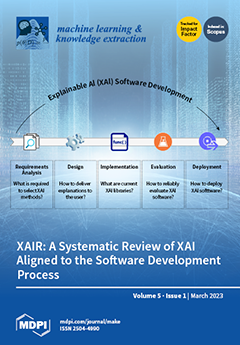Investigating the relationship between the movement patterns of multiple limb segments during the rowing stroke on the resulting force production in elite rowers can provide foundational insight into optimal technique. It can also highlight potential mechanisms of injury and performance improvement. The purpose of this study was to conduct a kinematic analysis of the rowing stroke together with force production during a step test in elite national-team heavyweight men to evaluate the fundamental patterns that contribute to expert performance. Twelve elite heavyweight male rowers performed a step test on a row-perfect sliding ergometer [5 × 1 min with 1 min rest at set stroke rates (20, 24, 28, 32, 36)]. Joint angle displacement and velocity of the hip, knee and elbow were measured with electrogoniometers, and force was measured with a tension/compression force transducer in line with the handle. To explore interactions between kinematic patterns and stroke performance variables, joint angular velocities of the hip, knee and elbow were entered into principal component analysis (PCA) and separate ANCOVAs were run for each performance variable (peak force, impulse, split time) with dependent variables, and the kinematic loading scores (Kpc,
ls) as covariates with athlete/stroke rate as fixed factors. The results suggested that rowers’ kinematic patterns respond differently across varying stroke rates. The first seven PCs accounted for 79.5% (PC1 [26.4%], PC2 [14.6%], PC3 [11.3%], PC4 [8.4%], PC5 [7.5%], PC6 [6.5%], PC7 [4.8%]) of the variances in the signal. The PCs contributing significantly (
p ≤ 0.05) to performance metrics based on PC loading scores from an ANCOVA were (PC1, PC2, PC6) for split time, (PC3, PC4, PC5, PC6) for impulse, and (PC1, PC6, PC7) for peak force. The significant PCs for each performance measure were used to reconstruct the kinematic patterns for split time, impulse and peak force separately. Overall, PCA was able to differentiate between rowers and stroke rates, and revealed features of the rowing-stroke technique correlated with measures of performance that may highlight meaningful technique-optimization strategies. PCA could be used to provide insight into differences in kinematic strategies that could result in suboptimal performance, potential asymmetries or to determine how well a desired technique change has been accomplished by group and/or individual athletes.
Full article





